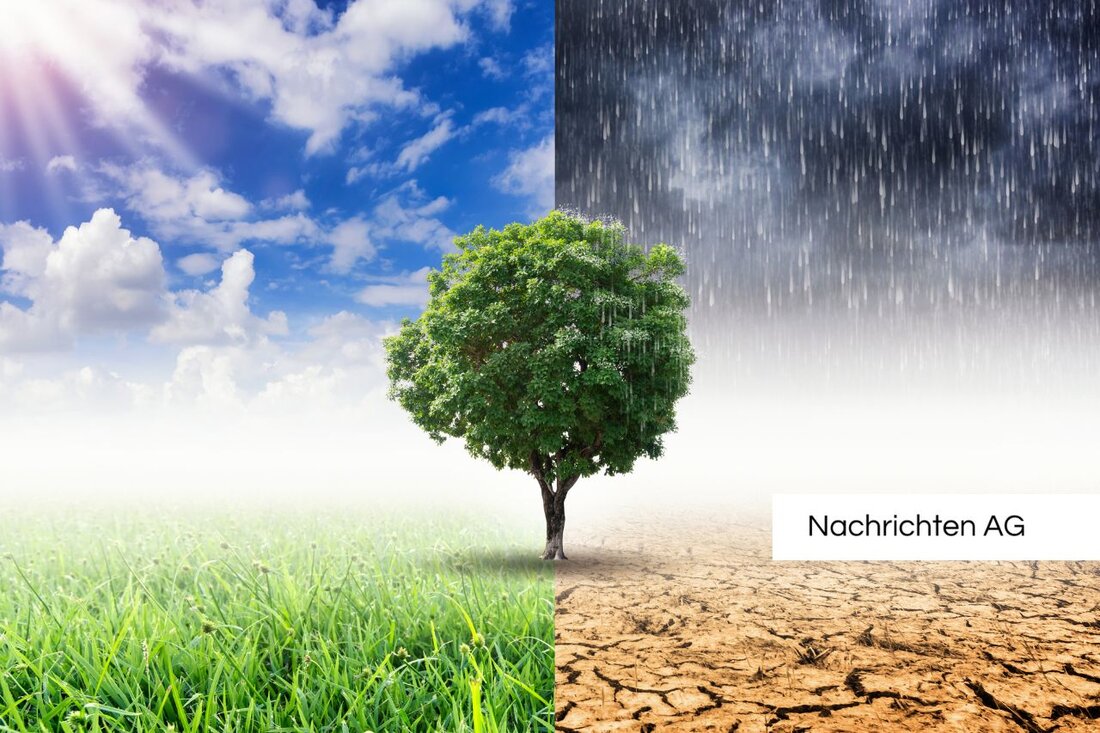Saarland on the downward spiral in the happiness atlas: only MV is worse!
Mecklenburg-Western Pomerania performs worse than Saarland in the 2025 Happiness Atlas, which is worrying for life satisfaction.

Saarland on the downward spiral in the happiness atlas: only MV is worse!
In the Happiness Atlas, the Saarlanders have lost some of their satisfaction. The latest report from wndn.de shows that Saarland has slipped to 15th place in the current ranking - one place lower than the year before. This makes Mecklenburg-Western Pomerania the only federal state that performs worse.
But there are also bright spots: life satisfaction in Saarland has increased by 0.05 points compared to the previous year. This means that satisfaction in 2025 will average 6.78 points. Although this increase is weaker than in previous years, the curve is still pointing upwards after the corona pandemic has had a particularly severe impact on the well-being of the population.
The counters in the happiness atlas
The satisfaction of the Saarlanders is complex. Despite the upward trend, life satisfaction remains below the German average. In the second half of the 2010s, life satisfaction was higher than it had been for a long time, reaching 7.15 points in 2017. The subsequent decline to just 6.21 points in 2023 makes the current development positive news, even if the starting point is not optimal.
- Lebenszufriedenheit 2025: 6,78 Punkte
- Vorjahr: +0,05 Punkte
- Rang im Bundesländerranking: 15
- Letzter Platz: Mecklenburg-Vorpommern
What is particularly noteworthy is that all population groups in Saarland have lost satisfaction compared to the 2010s. This is particularly noticeable among middle-income people and families. And while leisure activities in Saarland are rated very highly, satisfaction levels in the areas of income, family and work are rather below average. This makes you think, as the general quality of life, influenced by the high density of clubs, actually conveys a positive picture.
Economic situation and outlook
Saarland, the smallest state in Germany, has an eventful history behind it, which was heavily influenced by industrialization and mining. With an area of 2,570 km² and around 990,000 inhabitants, Saarland became part of the Federal Republic of Germany in 1957 after previously being under French administration. The economic basis remains stable today, but the structural challenges are noticeable. Since the last coal mines closed in 2012, the economic structure has changed and the country is focusing on new sectors such as the automotive industry and computer science.
The current prosperity indicators show that objective living conditions in Saarland have improved. The statehood and the political climate are stable, and the regional government under the SPD with Prime Minister Anke Rehlinger is working to improve the quality of life and bilingualism by 2043. While the unemployment rate and the challenging economic situation remain, the commitment of those in charge is noticeable.
Overall, the Happiness Atlas shows that there are still some construction sites in this country, but there are also positive developments that give hope for a better future. The Saarlanders can remain curious to see how the situation will develop in the coming years.

 Suche
Suche
 Mein Konto
Mein Konto